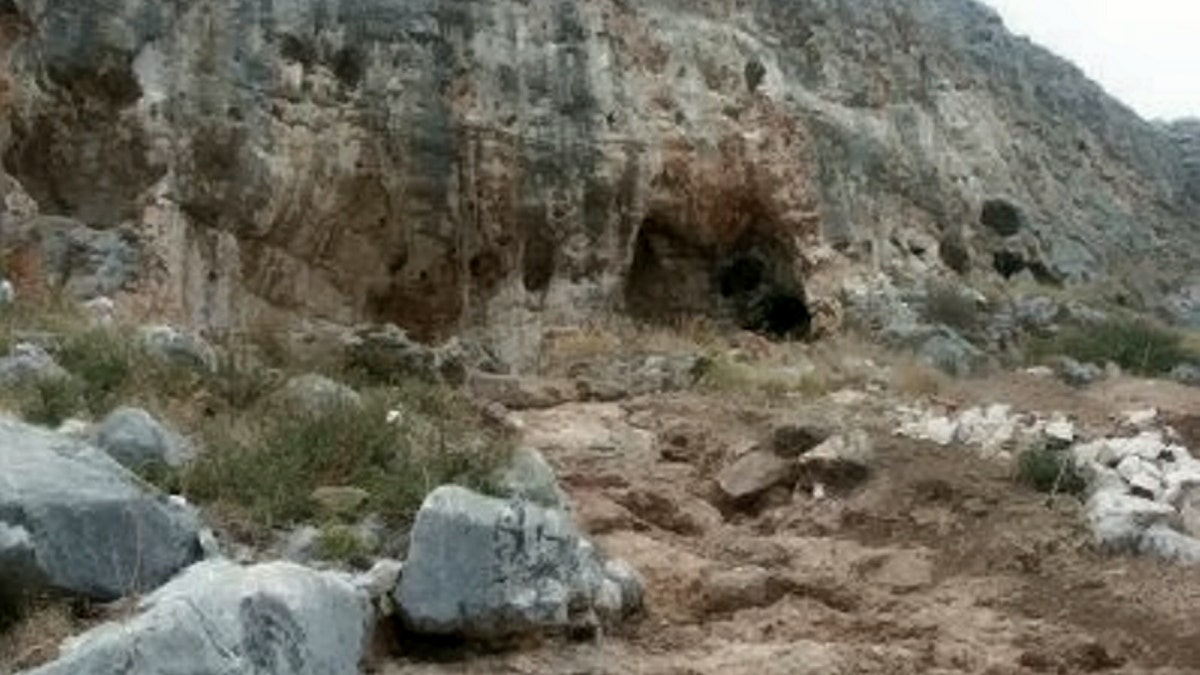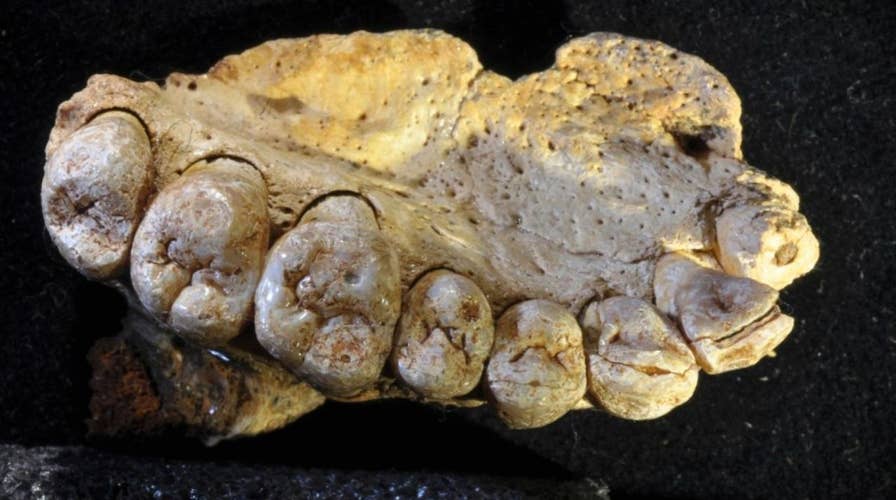Earliest modern human fossil discovered in Israel
An international team of researchers has discovered the earliest modern human fossil outside of Africa. The fossil, an upper jawbone with several teeth, was found at Misliya Cave, one of a number of prehistoric caves on Mt. Carmel in northern Israel. Dated to between 175,000 and 200,000 years ago, the jawbone indicates that modern humans left the continent of Africa at least 50,000 years earlier than previously thought.
An international team of researchers has discovered the earliest modern human fossil outside of Africa.
The fossil, an upper jawbone with several teeth, was found at Misliya Cave, one of a number of prehistoric caves on Mt. Carmel in northern Israel. Dated to between 175,000 and 200,000 years ago, the jawbone indicates that modern humans left the continent of Africa at least 50,000 years earlier than previously thought.
Based on fossils found in Ethiopia, the consensus among anthropologists has been that modern humans appeared in Africa 160,000 to 200,000 years ago and that they stated migrating out of Africa about 100,000 years ago. Up to now, the earliest remains of a modern human outside of Africa were discovered at the Skhul and Qafzeh caves in Israel and dated to 90,000 to 120,000 years ago.
ANCIENT PARTIAL SKULL FROM ISRAELI CAVE LINKED TO MIGRATION OF HUMANS FROM AFRICA TO EUROPE
The Misliya Cave discovery has thrilled experts. "This finding -- that early modern humans were present outside of Africa earlier than commonly believed -- completely changes our view on modern human dispersal and the history of modern human evolution," said Professor Israel Hershkovitz of the Department of Anatomy and Anthropology at Tel Aviv University's Sackler Faculty of Medicine, in a statement. Hershkovitz led the research project in collaboration with Israel’s University of Haifa.

Misliya Cave, where the fossil jawbone was discovered (SWNS) (© Rolf Quam)
Researchers used microCT scans and built 3-D virtual models to analyze the jawbone. The results of the study are published in the journal Science.
"Misliya is an exciting discovery," said Rolf Quam, Binghamton University anthropology professor and a coauthor of the study, in a separate statement. "It provides the clearest evidence yet that our ancestors first migrated out of Africa much earlier than we previously believed. It also means that modern humans were potentially meeting and interacting during a longer period of time with other archaic human groups, providing more opportunity for cultural and biological exchanges."
SLOW FLOW OF HUMAN IMMIGRATION MAY HAVE DOOMED NEANDERTHALS
Hershkovitz added that the find could push the entire narrative of the evolution of Homo sapiens back by at least 100,000-200,000 years. "In other words, if modern humans started traveling out of Africa some 200,000 years ago, it follows that they must have originated in Africa at least 300,000-500,000 years ago,” he explained.

Reconstruced maxilla from microCT images (Gerhard Weber, University of Vienna, Austria)
The inhabitants of Misliya Cave hunted large game such as aurochs, an extinct species of wild cattle, gazelles, and Persian fallow deer, according to Prof. Mina Weinstein-Evron of the Zinman Institute of Archaeology at the University of Haifa. They also used fire, made extensive use of plants and developed an Early Middle Paleolithic stone tool kit.
The fossil jawbone is just the latest fascinating archaeological find in Israel. In 2015, researchers found a partial human skull in a cave in Northern Israel dating from around 55,000 years ago. The fossil remains have been linked to migration of humans from Africa to Europe.
Follow James Rogers on Twitter @jamesjrogers

